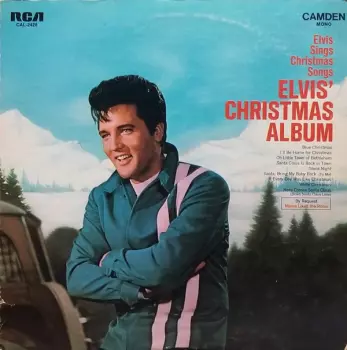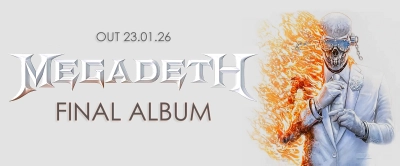LP John Lennon: Imagine
180g Vinyl
Apple Records
8. diciembre 2016
Europa
Imagine was inspired by a poem by Yoko Ono, published in her 1964 book Grapefruit. In Cloud Piece, she wrote: "Imagine that the clouds are dripping, and dig a hole in your garden to store them in." Lennon later said: "Imagine should be credited to Lennon/One. Much of the song - the lyrics and the concept - came from Yoko. But at the time I was t...
Estado
Nuevo
Disponibilidad
Esperamos el
Precio
40,99 €
49,99 €
Disponibilidad
Esperamos el
Entrega en Navidad:
Lamentablemente, no podremos entregar este artículo antes de Navidad.
Detalles
| Título | Imagine |
| Artista | John Lennon |
| Más información en | 180g Vinyl |
| Formato | LP (vinilo) |
| Editorial | Apple Records |
| País de edición | Europa |
| Fecha de edición | 8. diciembre 2016 |
| Lanzado por primera vez | 1971 |
| Peso | 230 g |
| EAN | 0600753570951 |
| ID del producto | 17399 |
| Discogs ID | 7381085 |
| Reseñas en Discogs |
4.57
|
Imagine was inspired by a poem by Yoko Ono, published in her 1964 book Grapefruit. In Cloud Piece, she wrote: "Imagine that the clouds are dripping, and dig a hole in your garden to store them in." Lennon later said: "Imagine should be credited to Lennon/One. Much of the song - the lyrics and the concept - came from Yoko. But at the time I was too egotistical and macho. I was silent about her contribution, but the idea came from the book Grapefruit." Imagine is the essence of Lennon and Ono's philosophy at an important moment in their lives, when the newlyweds wanted to communicate their worldview to the outside world. The album Imagine was released after a tumultuous period when Lennon and Ono staged a series of bed-in protests that caused a worldwide uproar. The couple also visited Coventry Cathedral and planted acorns as a sign of peace at the site, which was bombed during World War II. [Share On Flipboard] There is a song that inspires and comforts millions of people in times of hardship: Imagine by John Lennon and Yoko Ono. Even great musicians often remember the song in such moments. When Stevie Wonder learned of Senator John McCain's death during a concert in Atlanta in August 2018, he spontaneously played a beautiful version of John Lennon's 1971 masterpiece. Immediately after the September 11, 2001 attacks, the song was banned from radio, but Neil Young recognized its power and sang it at the "America: Tribute To Heroes". The band Coldplay played a version of it after the Paris attacks in the fall of 2015, and after the clashes in North Korea in 2018, a Korean music group played the song at the opening ceremony of the Winter Olympics. by Martin Chilton "A marketing campaign for peace" Lennon described Imagine as a marketing campaign for peace, and it's no surprise that this poignant anthem is a true beacon for people yearning for harmony and peace in the world. The song Imagine was written in March 1971 during the Vietnam War and has become an eternal protest song and symbol of hope. Now available in our store:John & Yoko Above Us Only Sky CoverJohn Lennon & Yoko Ono Above Us Only Sky (DVD/Blu-ray) Order here When the widow Yoko Ono appeared with her son Sean Lennon in New York's Central Park in early September 2018 to mark the release of a U.S. Postal Service honorary stamp in honor of the late Beatle, she also spoke about the song Imagine, which incidentally is ahead of all Beatles songs on Phonographic Performance Limited's official list of streaming songs. Why is Imagine such a great record? From the first chords of the piano, the song evokes a strong emotional response. And the production is also very intelligent: together, John, Yoko and mastermind Phil Spector get the most out of John Lennon's brooding, vulnerable voice. The subtly beautiful strings - written by Lennon, orchestrated by Torrie Zito and played by The Flux Fiddlers - play their part in making this song the absolute creative culmination of John and Yoko's professional partnership. Imagine, a love song to humanity, was inspired by a poem by Yoko Ono that appeared in her 1964 book Grapefruit. In Cloud Piece, she wrote: "Imagine the clouds dripping, and dig a hole in your garden to deposit them in." Lennon later said: "Imagine should be credited to Lennon/One. Much of the song - the lyrics and the concept - came from Yoko. But at the time I was too egotistical and macho. I was silent about her contribution, but the idea came from the book Grapefruit." The first verse of this love song to mankind is "Imagine there's no heaven" - a provocation at the time, because the man who had joked in the past that the Beatles were "more popular than Jesus" was directly challenging organized religion with it. The song goes on to invite listeners to imagine a world without property, without religion, and even without nations, that is, without anything "to kill or die for." Imagine is the essence of Lennon and Ono's philosophy at an important point in their lives, when the newlyweds wanted to communicate their worldview to the world around them. The album Imagine was released after a tumultuous period when Lennon and Ono staged a series of protests in their bed, called bed-ins, which caused a worldwide sensation. The couple also visited Coventry Cathedral and planted acorns as a sign of peace at the site, which was bombed during World War II. Ivor Sharp © Yoko Ono Lennon But this outward view of the world was complemented by a refreshing inward journey of discovery. In the mid and late 1960s, Lennon's psychedelic experiments led him to seek other methods of expanding consciousness - including studying transcendental meditation with Maharishi Mahesh Yogi in Rishikesh, India, where the Beatles stayed in 1968. But Lennon, the eternal seeker, would never settle for just one method; as Yoko later said, "John was a very religious man, he just didn't belong to any one religion." He had already earned the displeasure of American Christians, who even publicly burned Beatles albums after his statement about the popularity of Jesus. And when Maharishi was accused of missteps, Lennon hastily left the ashram. "Christianity has a lot of positive elements, but you have to deal with the fundamentals and foundations of Far Eastern religion and then connect the dots yourself," Lennon later clarified. He sang in the song God: "I just believe in me/Yoko and me/And that's reality". The song was released in 1970, when Yoko used her studies in philosophy to therapy the former Beatle. After these informal sessions, John and Yoko attended primary therapy classes led by psychologist Arthur Janov. The result can be heard on the John Lennon/Plastic Ono Band album, also released in 1970 - a raw, cathartic album that provided the clarity of thought needed for Imagine. The Imagine album, which includes the highly political song Gimme Some Truth, was a challenge to imagine the impossible, a call for spiritual unity and a renunciation of the divisions caused by religions and nations. It was also a reflection of Lennon's state of mind at the time. Drummer Alan White recalls that the atmosphere was very warm and everyone in the studio got on well together: 'John Lennon was very happy with how the album turned out. That's why he was in such a good mood." On 5 December 1980, John Lennon gave his last interview. He spoke to Jonathan Cott of Rolling Stone magazine. He said of his influential song: "We weren't the first to say, imagine what it would be like without nations, or 'give peace a chance,' but we carry that torch like the Olympic flame and pass it on, from one bearer to another, from one country, one generation - and that's our job. Not just living the way someone else thinks is right - rich, poor, happy, unhappy, smiling, not smiling, wearing the right jeans or the wrong jeans." The album was recorded in February, May and July 1971 and there are even recordings of Lennon rehearsing different versions of the song on the piano and singing it in different ways.
Álbum abarca todos los géneros Rock y Pop Rock. 180g Vinyl.
También en oferta:
Nuestra opiniónes:
ES Envío desde 9,96 €
¡Aquí encontrará de todo!
En
202 000
LP y
341 000
CD
en oferta
Descuento de fidelidad de hasta 5%
Para clientes registrados
¡Siga al tanto!
El seguimiento más avanzado
de disponibilidad y pedidos

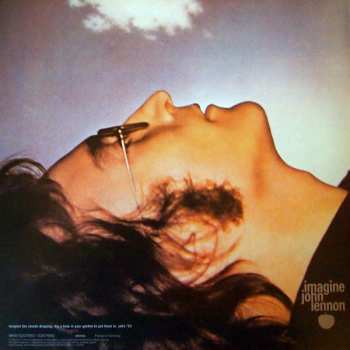

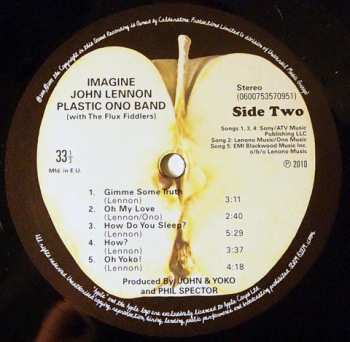
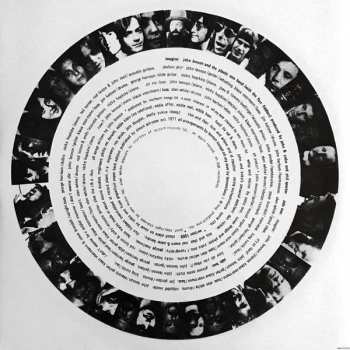




























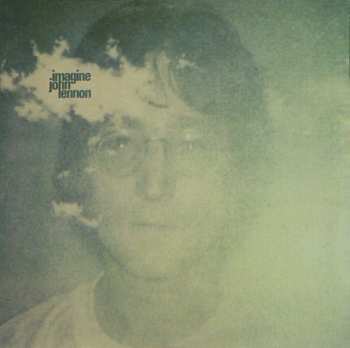


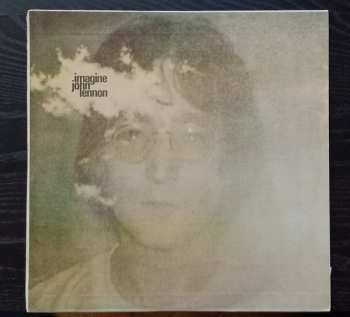
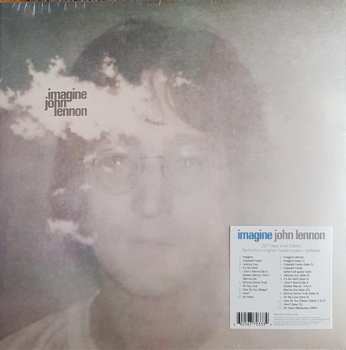

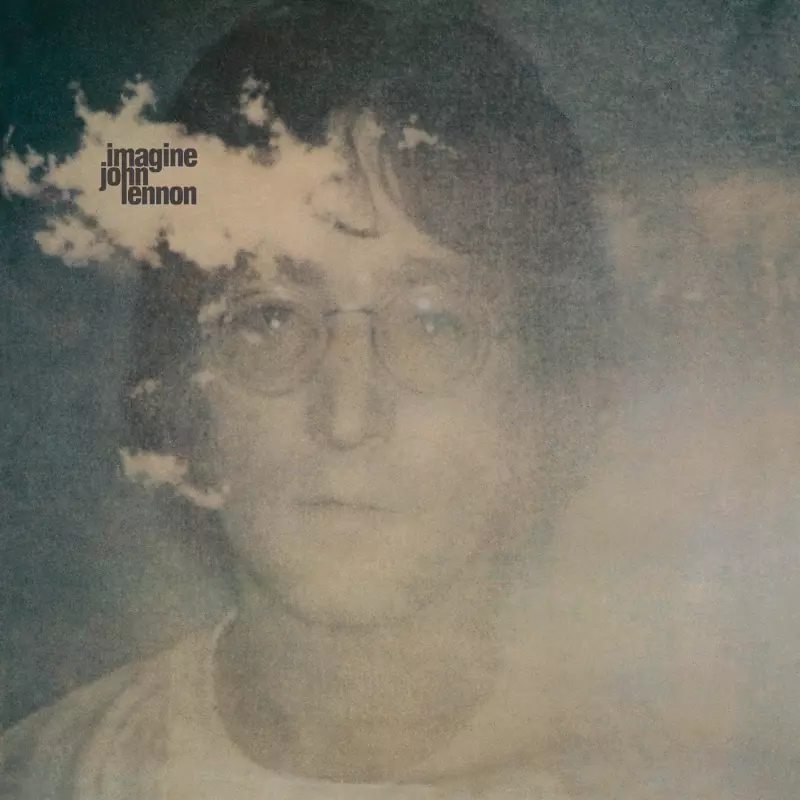

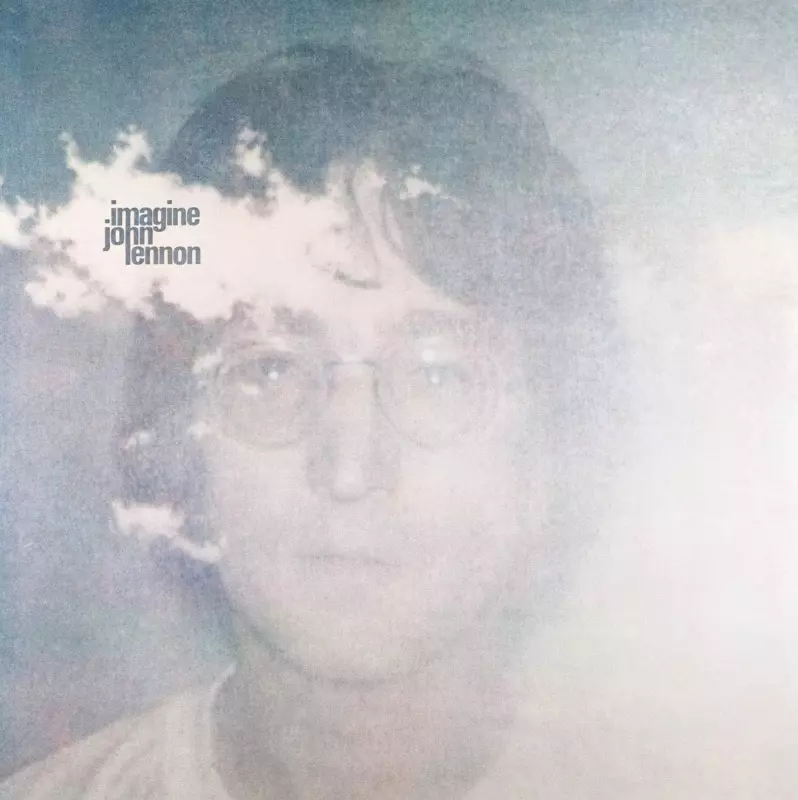
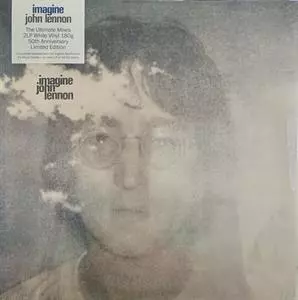
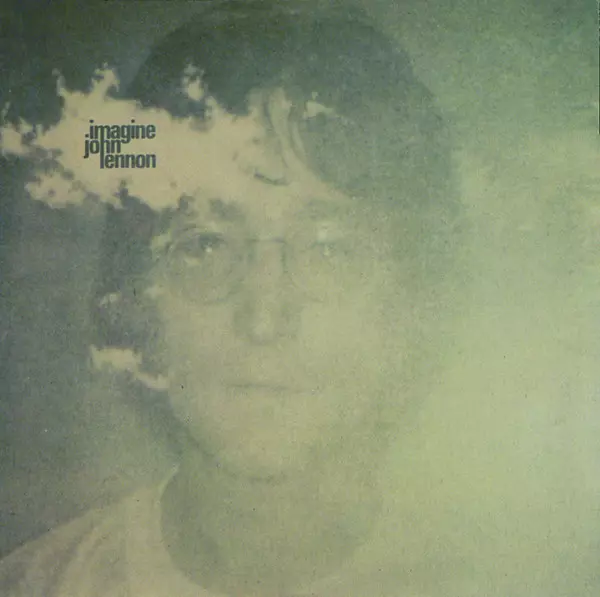
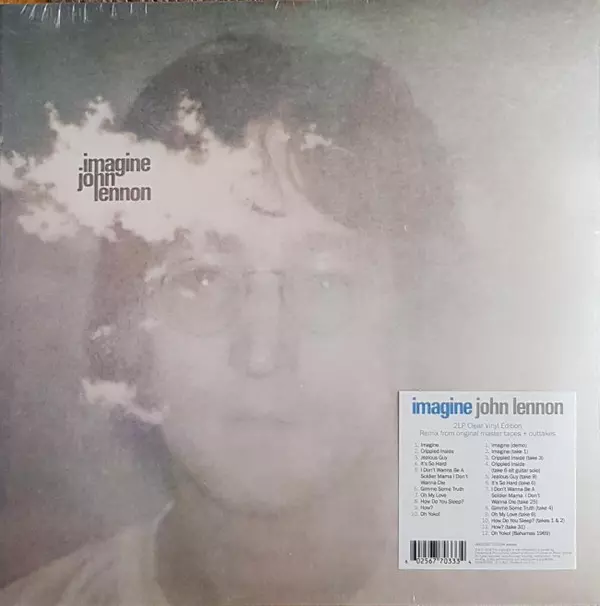
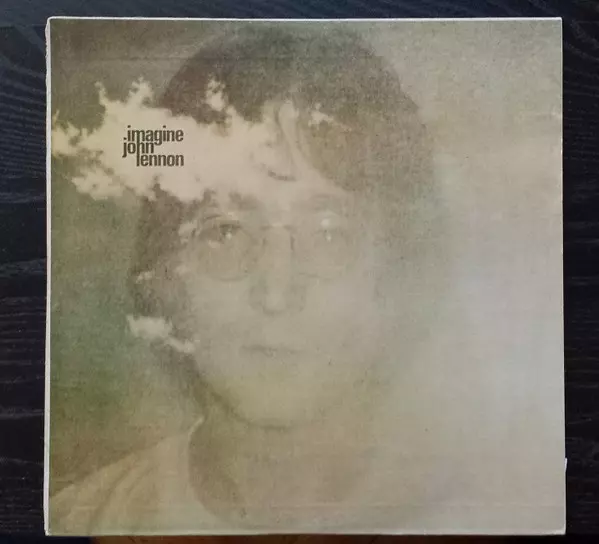
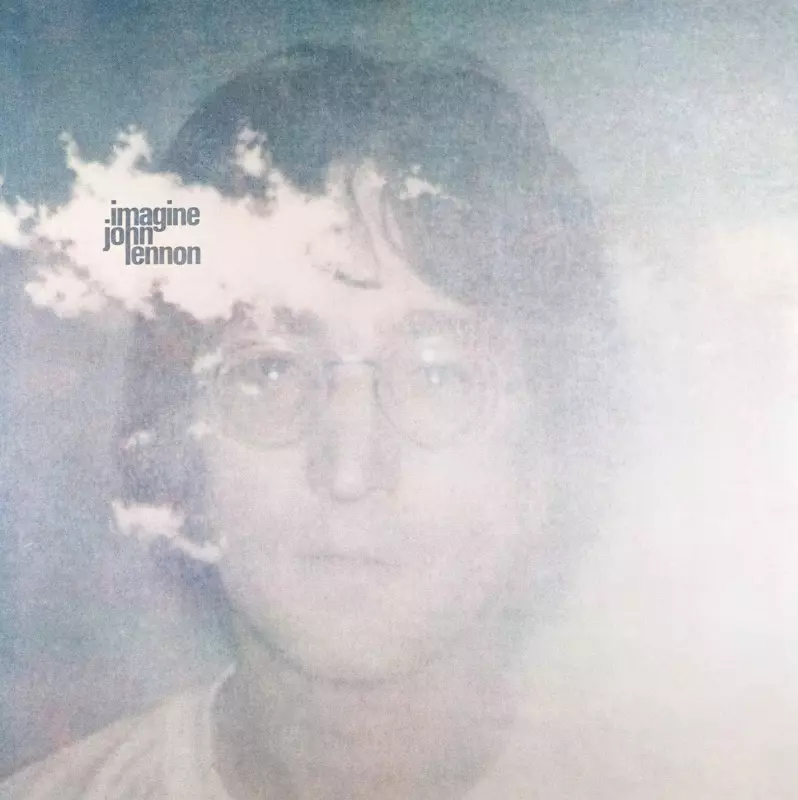







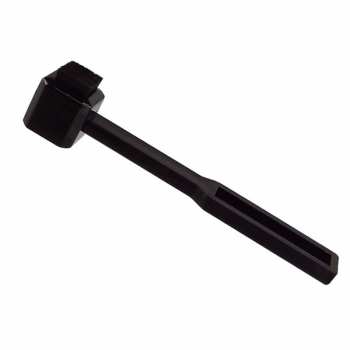


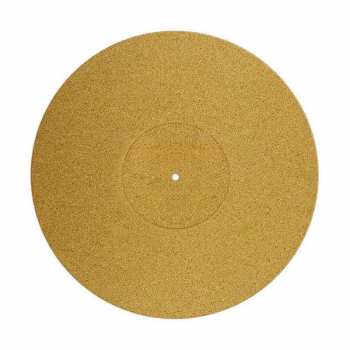

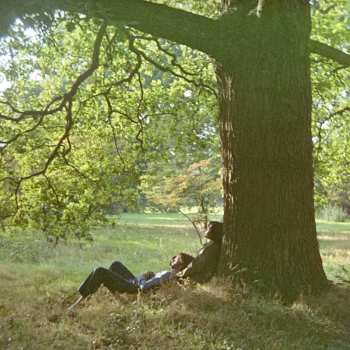
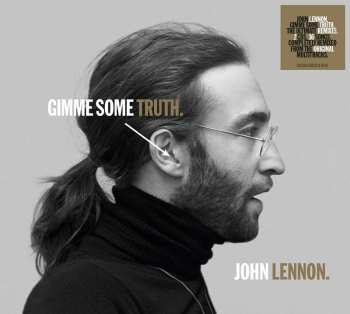
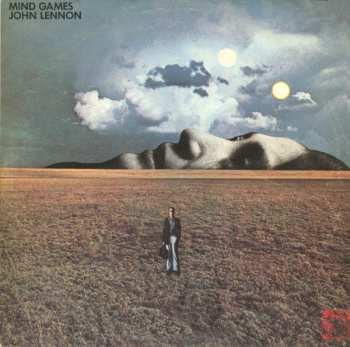
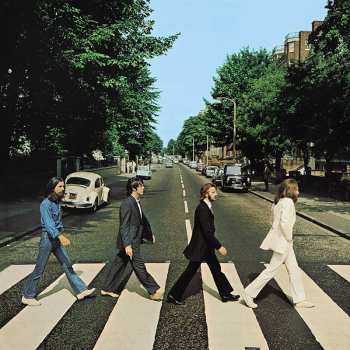

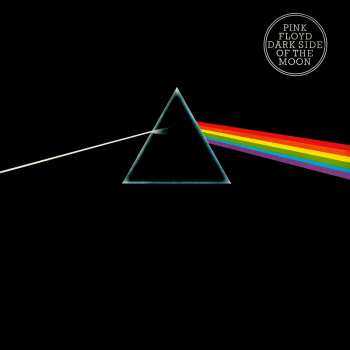


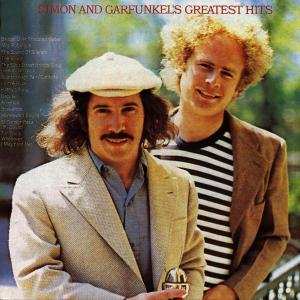

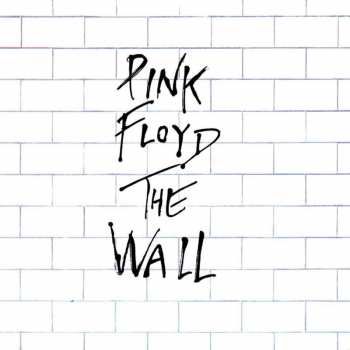
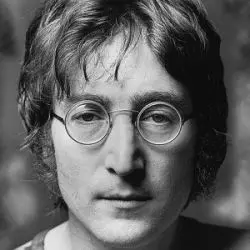

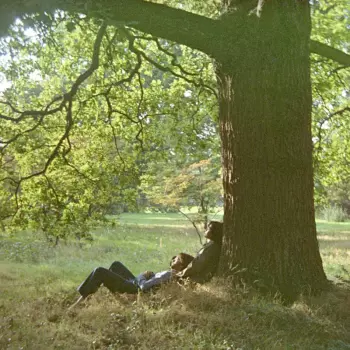


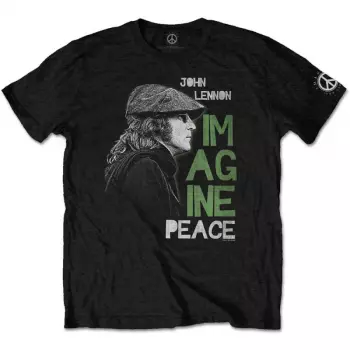
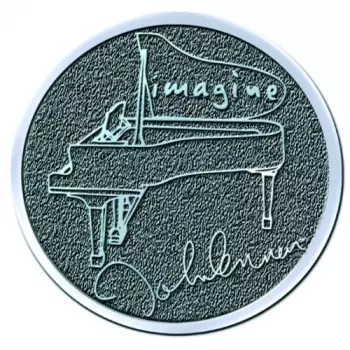
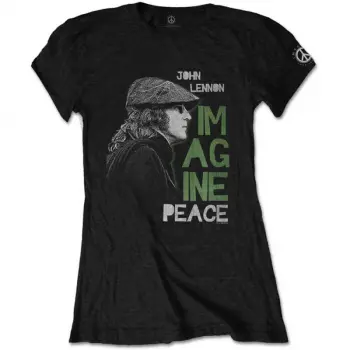

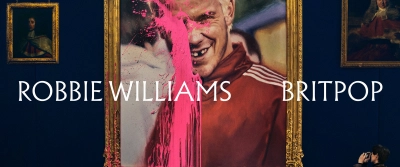
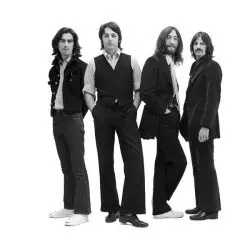 The Beatles
The Beatles
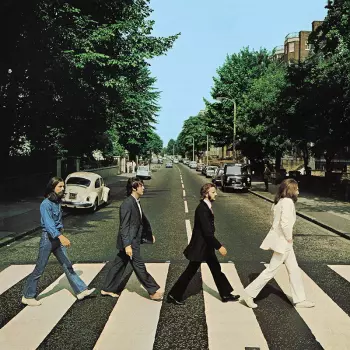

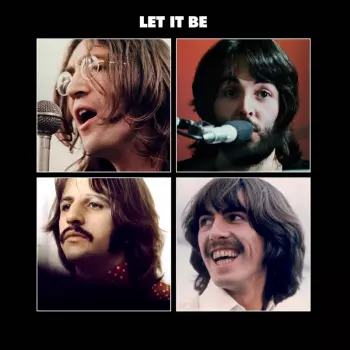
 The Plastic Ono Band
The Plastic Ono Band
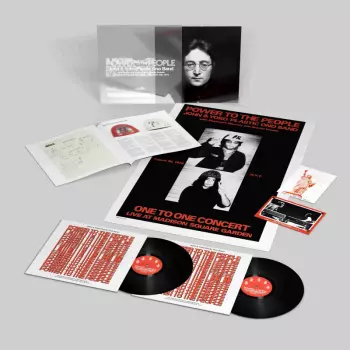

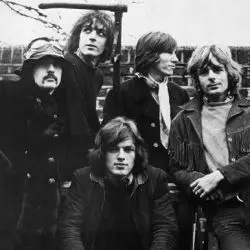 Pink Floyd
Pink Floyd
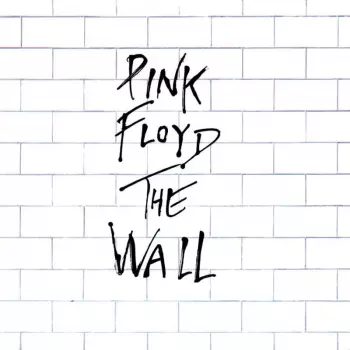
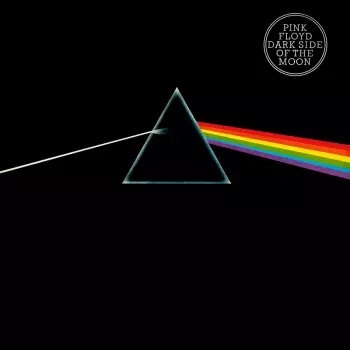

 John Lennon & Yoko Ono
John Lennon & Yoko Ono
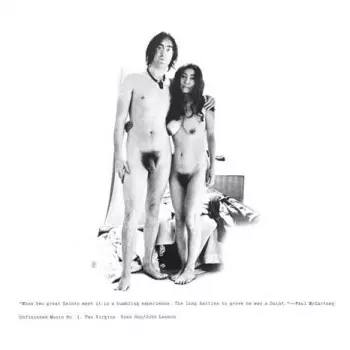


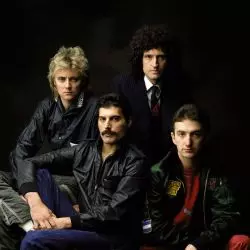 Queen
Queen
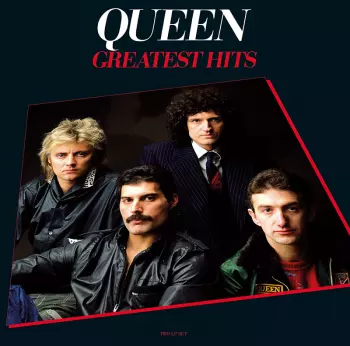
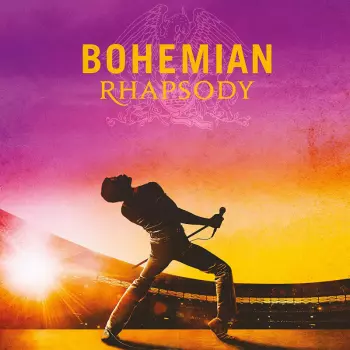

 Elvis Presley
Elvis Presley

